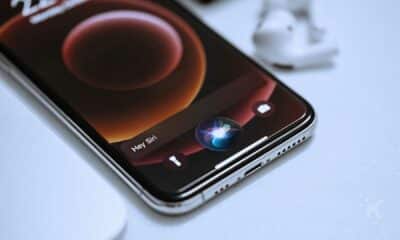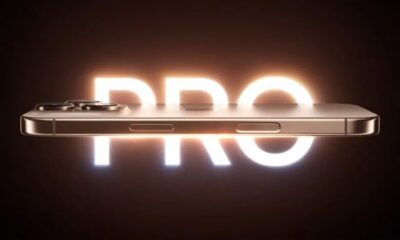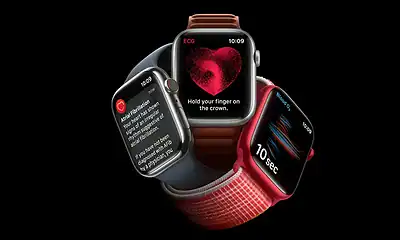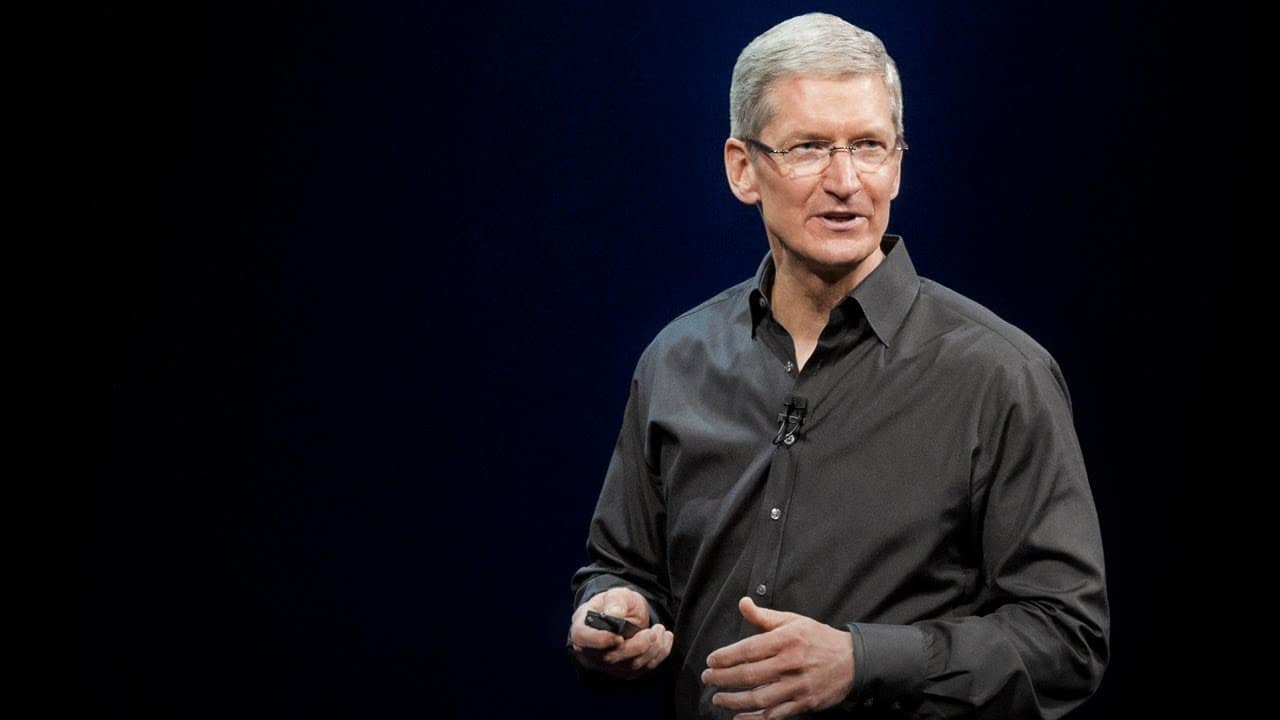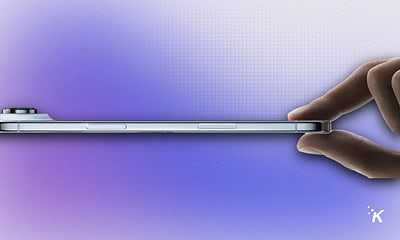Apple
Apple now says iPhone 13 screens can be replaced without breaking Face ID
A software update will render a pesky control chip obsolete.
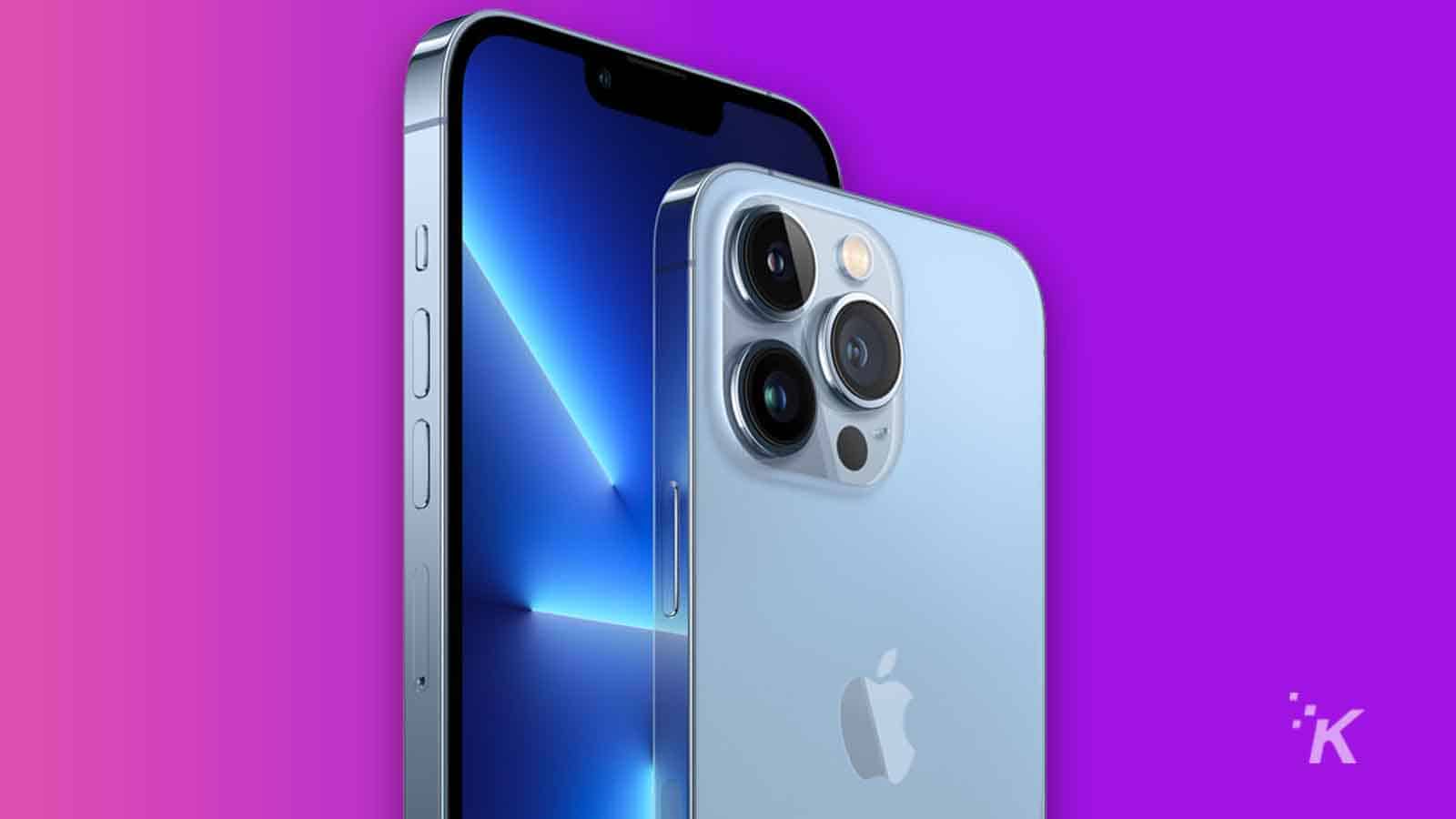
Just a heads up, if you buy something through our links, we may get a small share of the sale. It’s one of the ways we keep the lights on here. Click here for more.
Just last week, it was discovered that a small control chip about the size of a tic-tac attached to the screen of the new iPhone 13 was causing Face ID to break whenever someone tried to replace their screen. Fortunately, it looks like Apple is backpedaling from that design flaw and will release a software update to fix the problem.
According to a new report from The Verge, this tiny control chip will eventually be rendered obsolete, thanks to a software update that Apple plans on pushing out. This will save a lot of headaches in the future, especially for smaller phone repair shops that rely on iPhone screen replacements for their business.
The problem here was that this little control chip is necessary to make Face ID work on the iPhone 13. However, it was extremely difficult to work with and required expert knowledge and tools to replace correctly.
READ MORE: How to add a second face to Face ID on your iPhone
Because most small repair shops don’t have access to these kinds of tools, it looked like the possibility of being able to replace the screen in Apple’s newest phones was gone.
Without the business from replacing one of the most popular phones in the world, many repair shops would lose a lot of potential customers, and some could have even gone out of business. Luckily, it looks like Apple is going to fix the problem.
The fact that all Apple has to do to fix this problem is pushing out a software update is a little fishy to me. Why would Apple add this extra piece of hardware to the iPhone 13, if all that is needed to make Face ID function without it is a software update?
I’m not saying that the company definitely only did this to screw over smaller phone repair shops, but it certainly makes me wonder if the purpose was to make people rely on the company itself for repairs.
Have any thoughts on this? Let us know down below in the comments or carry the discussion over to our Twitter or Facebook.
Editors’ Recommendations:
- Apple has finally fixed the glitch that was bricking MacBooks with the Monterey update
- iPhone owners will probably have to play Netflix’s new games through the App Store
- 9-year-old uses her unconscious dad’s iPhone and Face ID to call 911
- Don’t let your Pixel 6 battery die – you might lose your fingerprint sensor


















